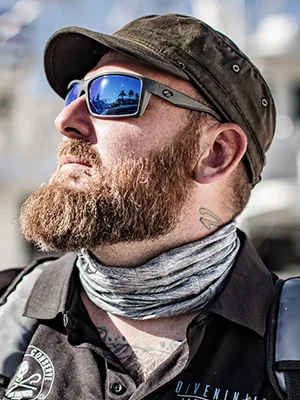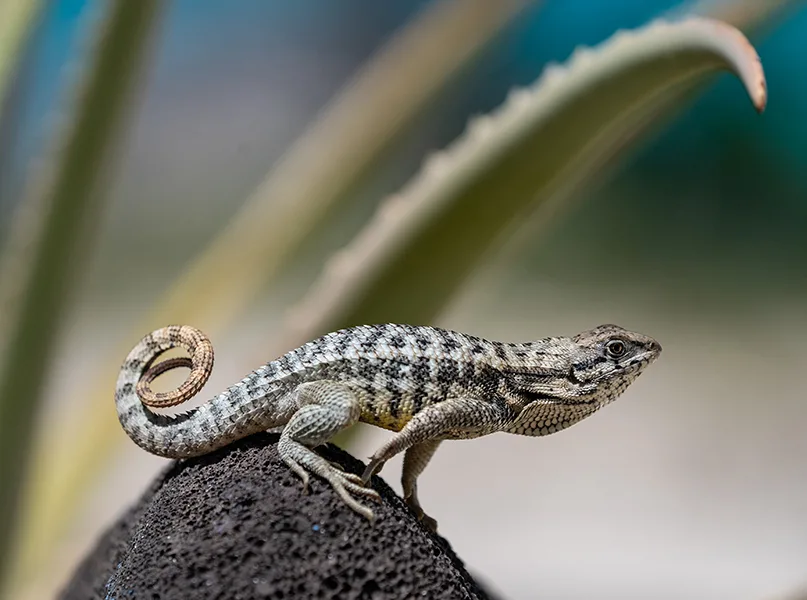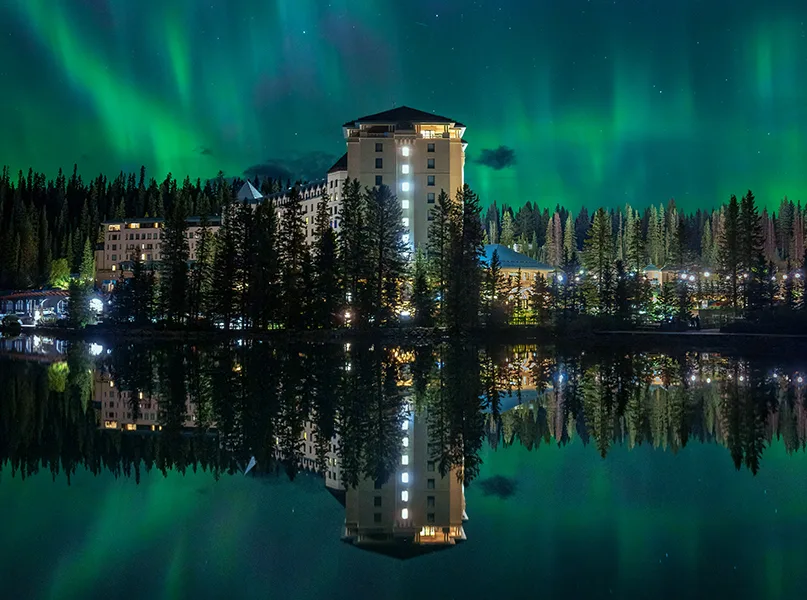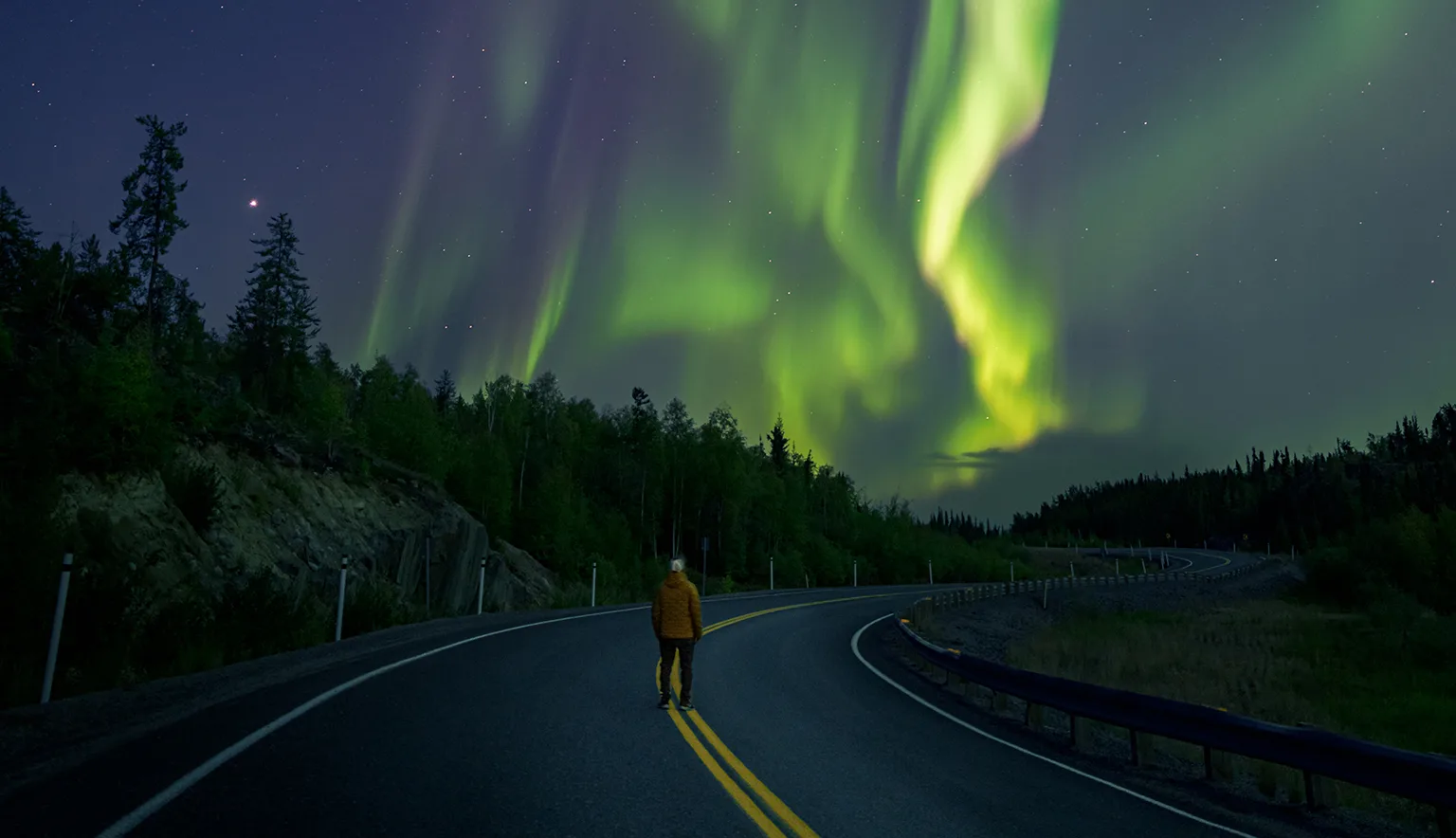Showcasing superb marine photography that inspires people to adopt a proactive stance on marine conservation, Jay Clue shares some of his most exciting and breathtaking work.
Award-winning travel photographer and writer, Jay Clue, has a deep passion for marine conservation and sustainable tourism.
Through captivating storytelling and stunning visuals, Clue endeavours to bring the awe-inspiring beauty of our planet to people across the globe in the hope of inspiring them to take action, with a portfolio spanning underwater, aerial, wildlife, adventure travel, nightscape, and conservation photography.
His impressive work has graced the pages of National Geographic, Time Magazine, and many more, whilst he has collaborated with renowned brands such as Sony, the Professional Association of Diving Instructors (PADI), and the Discovery Channel.
Beyond commercial projects, Clue shares his expertise by teaching photography workshops, spearheading conservation initiatives, and orchestrating unique ocean wildlife expeditions across the globe.

Q&A WITH JAY CLUE
Firstly, what drew you to work in travel photography?
Jay Clue (JC): I originally picked up my first camera to capture some of the expeditions we were working on at Dive Ninja, a PADI 5-star dive centre in Cabo San Lucas, Mexico.
I wanted to show the world that sustainable ocean tourism could do great things whilst giving guests front-row seats to incredible ocean encounters. This drew me into the world of conservation storytelling right from the beginning.
As I worked to improve as a photographer, I started to see people who had never been diving or in the ocean asking questions and becoming curious about marine life. So, I had this quick realisation of just how powerful a tool photography could be for both conservation and storytelling. It merged my long-standing passion for protecting the ocean with a new passion for photography and storytelling – and I was hooked!
I found myself putting endless hours into trying to become a better photographer so I could attempt to capture the beauty and wonder of the ocean as my eyes saw it in hope it would inspire others to take action to preserve it.

What most excites you about travel photography?
JC: There’s something really magical about capturing a millisecond in time and utilising that to transport others there. Plus, you get to experience a destination through the eyes of the local communities that are so excited to show you the beauty of their home.
Watching how people get excited when they’re telling you about a place that’s special to them gives me this feeling of purpose. I want to do my best to capture a natural place in a way that shows the emotion it brings not just to tourists, but the local communities tied to that area.


On the flip side, what are the biggest challenges?
JC: One of the biggest challenges of being on the road so much is that it’s a bit of a double-edged sword.
On one hand, we get to see so much of the world and experience so many incredible things, but on the flip side, we are rarely ever home and are always in motion.
At times, it begins to feel a bit ephemeral. You reach a new destination and make new acquaintances who become your best friends for the week, then before you know it, you’re on the other side of the world doing it all over again.

How would you describe your style of photography?
JC: I’d say it’s a mixture of creative storytelling and photojournalism. I try to capture not only the beauty of our planet but also the emotion its natural wonders bring us so that it tells a story and helps transport the viewer there.
I also love being able to write stories and articles about my experiences behind the photos, as well as weaving in the positive strides people are taking towards preserving our planet.
I feel like we live in a time where we are inundated with doom and gloom. So, by showcasing stories of what others are doing, we can show that there is hope and inspire others to take steps to get involved.
What has been one of your favourite destinations to capture?
JC: That’s a tough one! There’s been so many. I loved chasing the aurora borealis in Yellowknife, Canada, freediving with schools of thousands of mobula rays in Baja, Mexico, capturing the unique desert landscapes of Utah at night, photographing sperm whales in Dominica, or teaching divers about how incredible oceanic manta rays are whilst diving with them in the Revillagigedo archipelago. Honestly, the list could go on, and I couldn’t just pick one!

Have you been involved in any interesting projects recently that you’d like to highlight?
JC: I’ve been lucky to have been involved in some incredible assignments this year. The first that comes to mind was a recent shoot for PADI and Six Senses Resorts in the Maldives.
It was incredible to see the significant conservation and community outreach work Six Senses Resorts is doing. They have this remarkable lab in the resort with marine scientists working on all different aspects of research, from protecting sea turtles to better understanding manta rays and working with local fisheries to help make fishing more sustainable in their area.
Plus, they always bring local school children to the research centre to let them experience the lab and learn about the ocean, essentially helping to create the next generation of ocean guardians and scientists.
Finally, what’s next for the future? Are there any new destinations you’d like to cross off your bucket list?
JC: Currently, I’m wrapping up a project in Egypt before heading to the Philippines to work on a project with Atlantis Dive Resorts.
After that, I’m off to guest host a liveaboard trip in Raja Ampat, Indonesia, for Dive Ninja to finish up 2024. Upon my return to the US, I’ll be on a mission to launch my new online store for selling limited edition art prints of my photos and working on pitches and projects to fill in 2025.
As for the places I’d like to cross off my bucket list – there are so many! I love working with tourism boards and local operators to capture the spirit of their destinations and tell their stories – especially those involved in sustainable travel, marine conservation, and astrotourism. But if I had to pick my top project wishes right now, it would be Northern Canada to encounter polar bears, the Azores, Antarctica, and Malpelo Island in Colombia.

HOW I GOT THIS PHOTO
JC: I flew to Florida during the 2021 unusual mortality event in which over 10 percent of the area’s manatee population perished in one year.
It was a heartbreaking trip and one that I put a lot of pressure on myself to capture. I really wanted to tell the story of what was happening to these gentle creatures.
On the last day, we were snorkelling in murky green water just as the sun was breaking the horizon. As I was taking the shot, all of a sudden, I felt something tug on my leg from below. I look down to see a young manatee calf wrapped around my leg. As our eyes met, she let go and began swimming towards the surface.
The first rule of wildlife photography is you never touch animals, so I immediately move back, trying to give her space to swim past me. But instead of swimming away, the young calf turns to face me and wraps her front fins around me as if trying to hug me.
I remember looking into her eyes for a fleeting moment, where time felt like it had just stopped. She then let go and swam off to reunite with her mother, who was just beside us. In a way, it felt like she was saying thank you.



